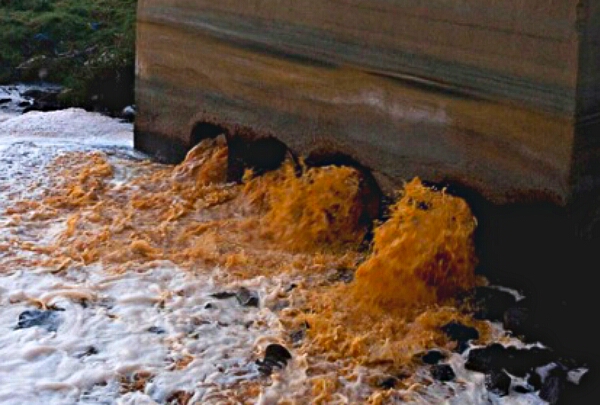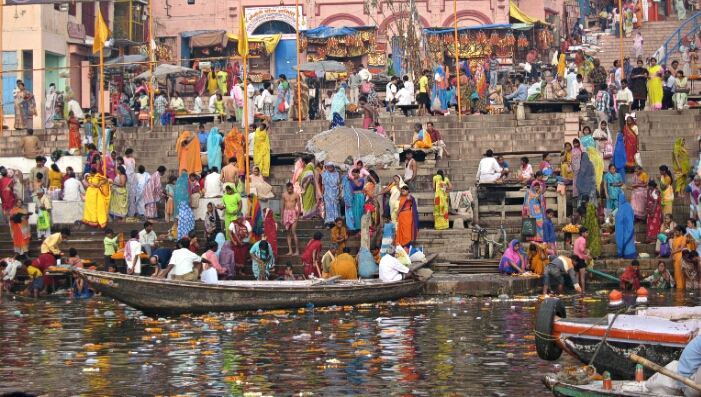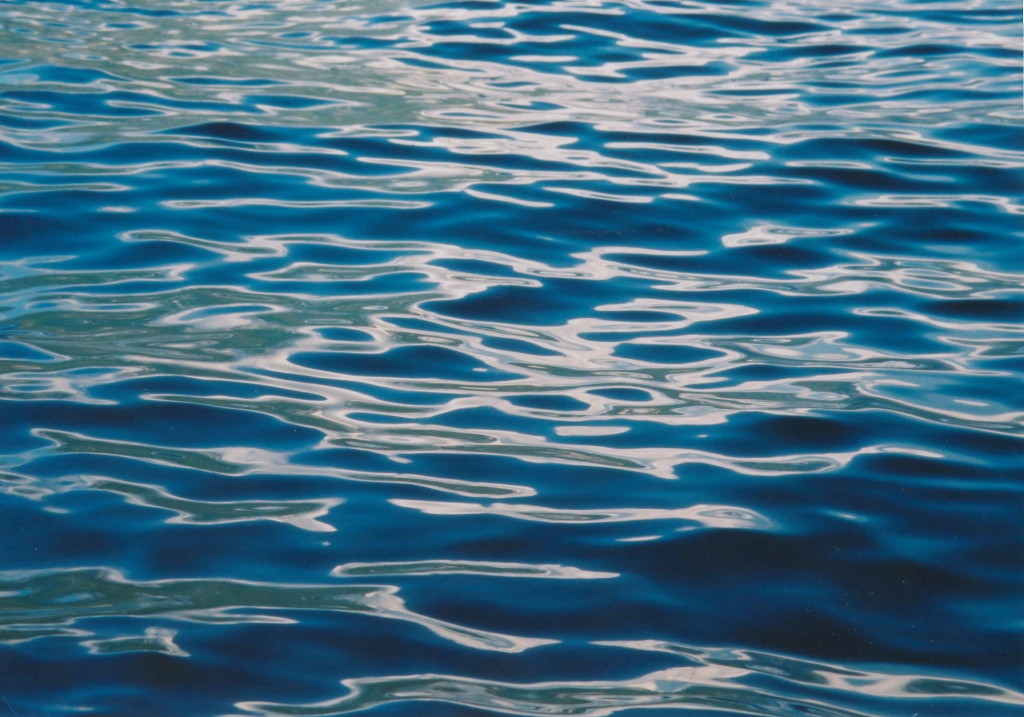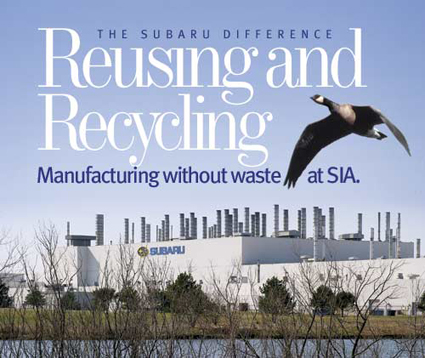India’s government has lately set a 3-year target to rejuvenate the River Ganges, formulating an integrated plan for the use of new technologies to solve the water pollution crisis. Known as the “Namaami Gange” or “Clean Ganga” project, optimism is high for cleaning up the Holy River Ganga, as it is known and revered by Hindus in India.
Industrial waste from over 700 pollution-intensive industries, such as chemicals, tanneries, textiles, pulp and paper, are contributing to the severe crisis of toxic water pollution in at least four states of India through which the Ganges River flows.
India’s Clean Ganga Project
Nearly 140 drains between Gangotri and Gangasagar, India open onto the Ganges River, discharging municipal and industrial wastewater. At present, after being treated in different sewage treatment plants and common effluent treatment plants, the industrial wastewater goes into this drainage system and eventually gets discharged into the river.
Just starting to take shape, India’s “Clean Ganga Project” is ambitious, considering the devastating levels of pollution in India’s sacred rivers. Many textile operations have been closed due to non-compliance with newly established pollution controls. They’re even using natural drain cleaner recipes when clogs happen.
For example, the area of Tirupur in Tamil Nadu is a textile belt that has suffered from India’s crackdown on industrial water pollution. The textile industry is a heavy contributor to the crisis, due to factories discharging coloured effluent from their bleaching and dyeing units. More than 600 dyeing units remained closed for almost two years until a reliable solution was implemented.
 (Image note and source: Industrial drains discharging directly in the Ganges River in India, wikicommons)
(Image note and source: Industrial drains discharging directly in the Ganges River in India, wikicommons)
Zero Liquid Discharge Technology
Zero Liquid Discharge (ZLD) is a technological concept where the entire industrial wastewater output is reused, after appropriate treatment, without discharging a single drop into any river.
Praj Industries of India is a leading provider of ZLD and recycle and reuse solutions with advanced technologies. Mr. Pramod Chaudhari, Executive Chairman of Praj Industries recounted their success helping to resolve the textile pollution issue in the now virtually dead industrial city of Tamil Nadu, India.
Mr. Chaudhari said that home-grown breakthrough technology of Praj Industries has helped to build confidence for reopening the textile units. With the Praj installation of Zero Liquid Discharge units in Tamil Nadu, compliance with India’s pollution control standards is being implemented with great success.
The 102nd Indian Science Congress
Speaking at the 102nd Indian Science Congress (ISC), Praj Executive Chairman Chaudhari said, “India needs to replace conventional technologies with advanced technologies in order to ensure that the ‘Clean Ganga Project’ is implemented sustainably.”
The ISC symposium was held last week on Tuesday, Jan. 6, at the University of Mumbai, India. Mr. Chaudhari announced, “Virtually all milestones in rejuvenating the sacred river – divided into short-term, medium-term and long-term phases – depend heavily on the use of technologies, from Zero Liquid Discharge (ZLD) to online monitoring.”
Chaudhari addressed the current issues facing the industrial corporations. “The bigger corporates have already introduced green technologies,” he stated positively. “But there could be issues of financing for MSMEs. This calls for an integrated approach to project development with cost-effective technologies and innovative funding mechanism.”
(Image note and source: Mr. Pramod Chaudhari at Indian Science Congress, courtesy Praj Industries/PRNewswire)
Economic Benefits of Zero Liquid Discharge
No longer contributing to the pollution crisis facing the River Ganges would be in itself a significant improvement for the environmental preservation and conservation efforts ongoing in India. However, economic benefits gained by the adoption of ZLD technology is also significant and notable.
Speaking of the economic benefits of Zero Liquid Discharge, Mr. Chaudhari explained that all water can be recycled in a scientific manner so that it can be reused. Then the recycled water can be sold to end users. Even farmers may be able to use this treated industrial wastewater for irrigation.
The Tirupur project in Tamil Nadu, India, successfully launched the ZLD installation which ended that factory’s industrial water pollution problem. Additionally, it identified ways in which the project costs could be recovered. Not only can the treated water be sold to end users, but salts employed in the ZLD technology could also be recovered and reused again in this innovative and life-sustaining process.
 (Image note and source: Fabric retailer in India, wikicommons)
(Image note and source: Fabric retailer in India, wikicommons)
(Top image note and source: Ritual gathering on the River Ganges in India, wikicommons)





